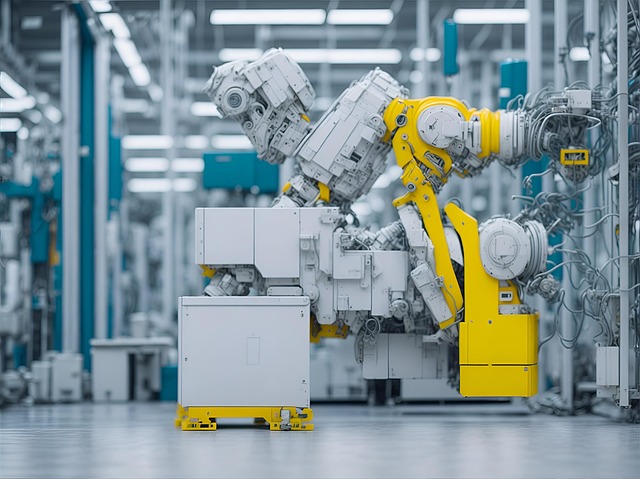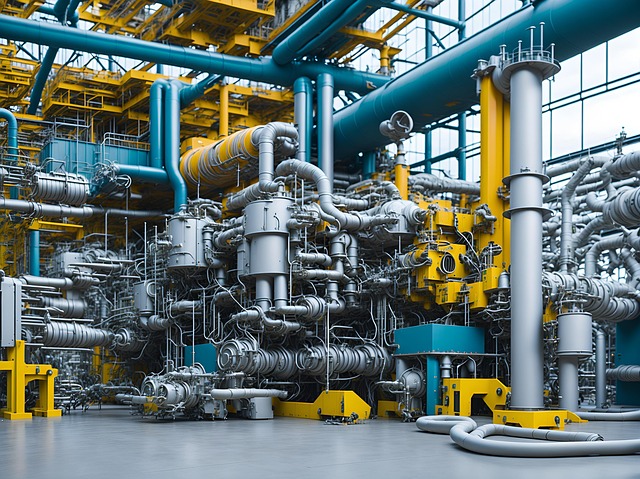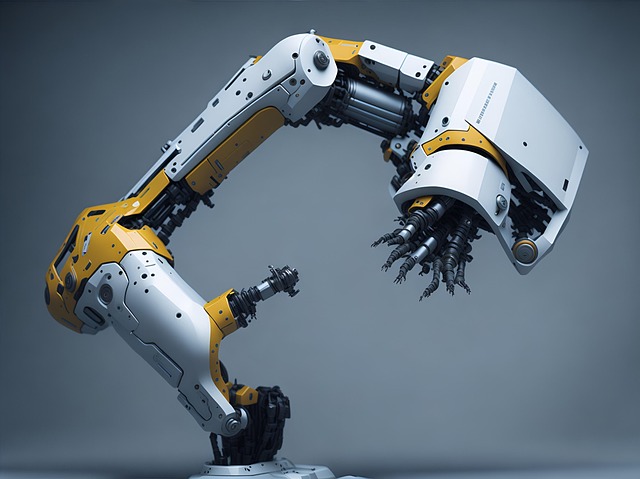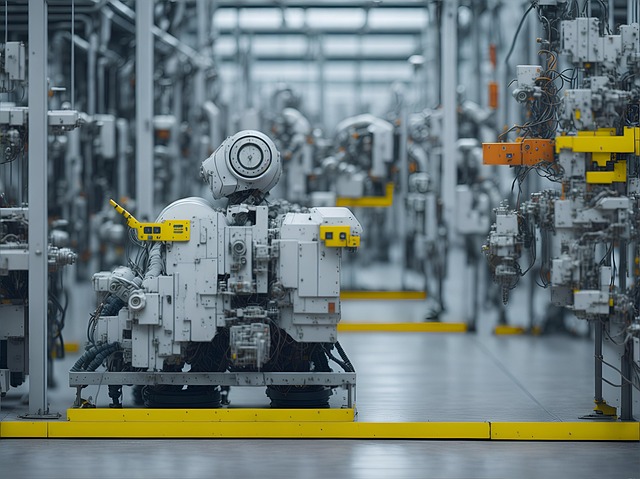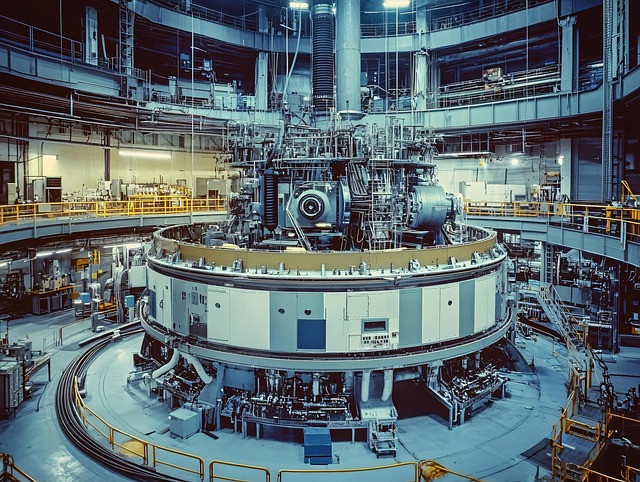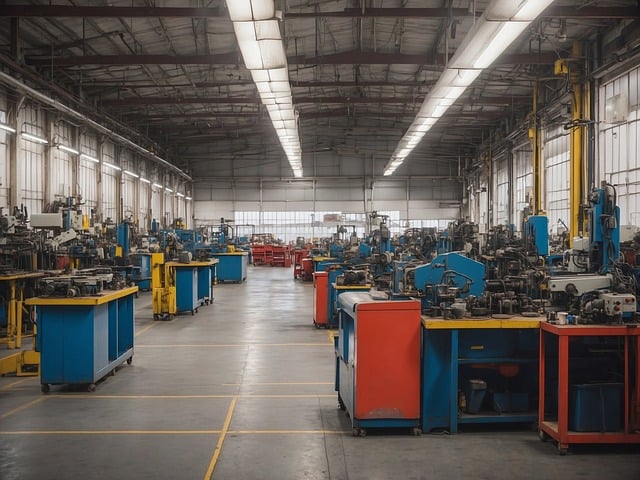By the end of next year, Amazon anticipates having nearly as many robots operating in its warehouses as human staff. The e-commerce giant, based in Seattle, now employs over one million robots across its fulfilment network, approaching its 1.56 million human workforce – the majority of whom are warehouse employees, according to the Wall Street Journal.
++ Long-lost Egyptian city discovered after 2,500 years
Robotic systems already assist with roughly 75% of Amazon’s global deliveries. These range from mobile robots transporting inventory to robotic arms like Vulcan, which uses tactile sensors to lift delicate items. A new AI system, DeepFleet, helps optimise internal warehouse traffic, reportedly reducing travel time by around 10%.
Amazon claims that automation has improved workplace safety and reduced physical strain on employees. As a result, warehouse staffing numbers have dropped significantly, with the average facility now employing just 670 people – the lowest figure in 16 years. Productivity, however, has soared: packages shipped per worker annually have increased from around 175 in 2015 to nearly 3,870 today. Some employees, like Neisha Cruz, have transitioned into better-paid technical roles, such as monitoring or maintaining robotic systems.
++ 92-Year-old man convicted of 1967 rape and murder after Cold Case DNA Breakthrough
Despite these advances, full automation remains some way off. CEO Andy Jassy has hinted at further workforce reductions, while labour advocates warn of long-term job displacement in high-density sites. Experts agree that many tasks are still too complex for robots to perform independently. Yet Amazon’s developments – including trials of humanoid robots and systems that respond to voice commands – signal a broader industry trend towards deeper integration of human and machine roles.
